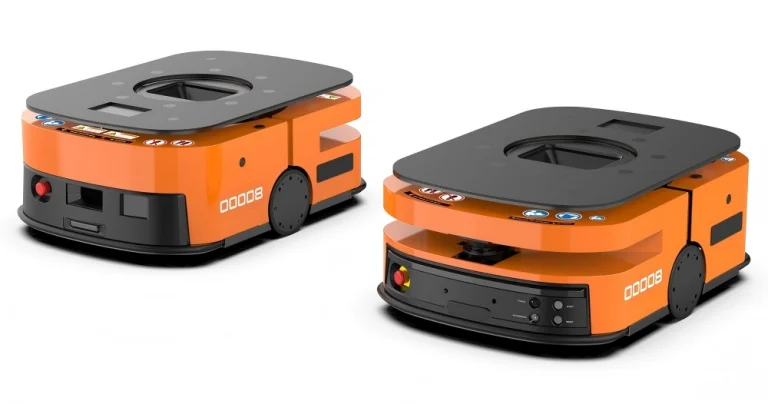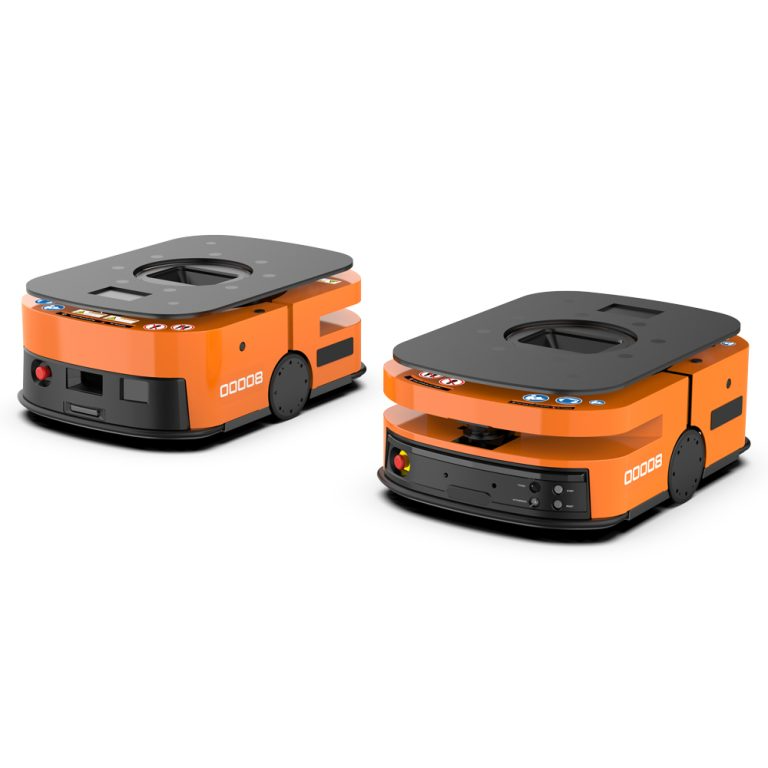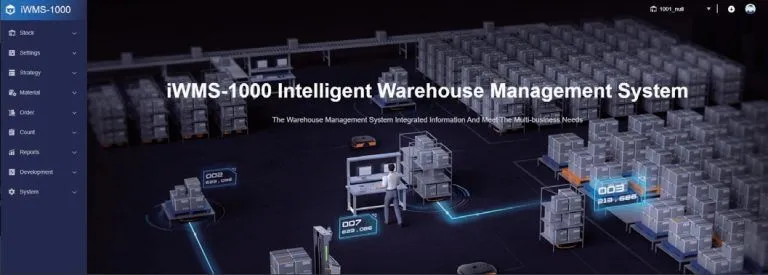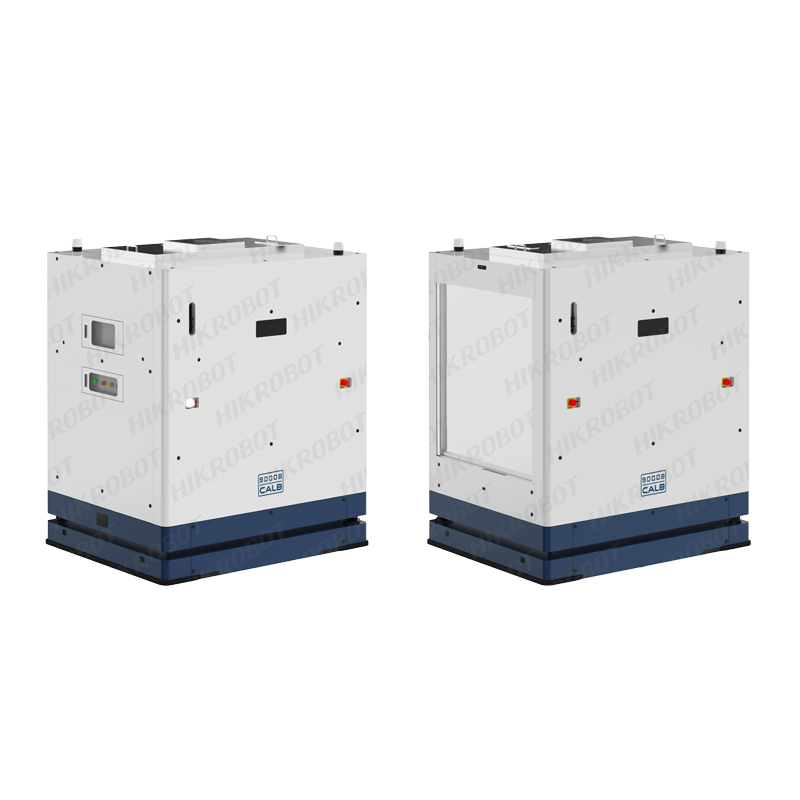
The logistics game is shifting. Green intelligent logistics robots are leading the charge. They’re not just shuffling boxes around a warehouse. Nope, they’re changing how things get done. From cutting costs to shrinking carbon footprints, these machines are a big deal. If you work in logistics, run a factory, or just geek out on tech, this guide’s for you. We’ll dig into what these robots are, how they operate, and why they’re shaking up sustainable operations. Ready? Let’s jump in.
What Are Green Intelligent Logistics Robots?
Green intelligent logistics robots are self-driving machines. They tackle tasks like moving materials, sorting inventory, or hauling goods in warehouses and factories. What makes them special? They’re built to save energy and go easy on the planet. Forget clunky forklifts or old conveyor belts. These robots lean on high-tech tools—AI, sensors, navigation systems. They get goods where they need to go with pinpoint accuracy. And they keep waste low.
Picture a chaotic warehouse. Stacks of pallets tower over the floor. Workers scramble to hit deadlines. Now imagine sleek, quiet robots zipping through the aisles. They dodge obstacles, deliver materials exactly where needed, and don’t burn a drop of fuel. No fumes. No pointless trips. That’s the vibe these robots bring. They make operations smoother while keeping sustainability in focus.
Why “Green” Matters
“Green” isn’t just a trendy label. These robots are designed to cut energy use. They also slash emissions. Most run on electric batteries that charge fast—in an hour or two. They can keep going for 8-12 hours, depending on the model. Some even have regenerative braking. That means they grab energy while slowing down to stretch battery life. Why’s this a big deal? Logistics accounts for about 14% of global greenhouse gas emissions, according to the International Transport Forum. Trimming that number matters—a lot.
Why “Intelligent”?
The “intelligent” part is all about brains. These robots use AI and machine learning. They adapt to their surroundings on the fly. They can map out a warehouse, dodge obstacles, and pick the fastest routes in real time. Say a worker leaves a box in the middle of an aisle. The robot doesn’t crash into it. It figures out a new path in a split second. That kind of smarts blows older automation systems out of the water.
How Do Green Intelligent Logistics Robots Work?
These robots are a mix of slick hardware and smart software. They work together to get the job done. Let’s break down the pieces and see how they click.
Key Technologies Behind the Robots
Here’s what makes these robots tick:
Sensors and Navigation: They’re loaded with LiDAR, cameras, and ultrasonic sensors. These let them “see” the world around them. Think of it like a self-driving car, but for warehouse floors. They build real-time maps and move without needing tracks or wires.
AI and Machine Learning: This is the brainpower. AI lets robots learn from their environment. They predict demand and streamline tasks. For instance, if a product’s selling like hotcakes, the robot prioritizes its delivery.
Battery Systems: Most use lithium-ion batteries. They charge in 1-2 hours and run for 8-12 hours. That means less downtime and less energy waste.
Communication Systems: Robots chat with each other and the warehouse management system (WMS). They use Wi-Fi or 5G to stay in sync.
A Day in the Life of a Logistics Robot
Imagine a robot in a 50,000-square-foot warehouse. It starts the day fully charged. The WMS pings it with a task: grab a pallet from Zone A and drop it at Zone C. Using its sensors, it maps the quickest route. It weaves around workers and other robots. If someone spills a crate in its path, it recalculates in a heartbeat. Once the job’s done, it rolls back to its charging station. It only uses the energy it needs. Then it’s back at it. Zero emissions, all day.
Benefits of Green Intelligent Logistics Robots
Why are companies all in on these robots? It’s not just about saving the planet—though that’s a huge perk. These machines bring serious benefits. Here’s the rundown:
| Benefit | Details |
| Cost Savings | They cut labor and energy costs. Robots work 24/7, no coffee breaks needed. |
| Environmental Impact | They lower emissions. Some models use 30% less energy than older systems. |
| Efficiency | They optimize routes, shaving 20-40% off delivery times. |
| Safety | They reduce accidents. Robots handle heavy lifting and repetitive tasks. |
| Scalability | Add more robots for busy seasons. No need to rebuild your warehouse. |
Real-World Impact
Take a mid-sized warehouse. It processes 10,000 orders a day. Switching to green intelligent logistics robots could save $50,000 a year on energy, based on industry reports. Plus, robots handle the boring, repetitive stuff. That lets workers focus on bigger tasks, like checking quality or helping customers. It’s a win for the bottom line and the team.
Here’s a quick story. I was talking to a warehouse manager a few weeks back. He switched to these robots in 2024. He figured they’d save time, but the quiet caught him off guard. No more roaring forklifts. Just the soft hum of robots gliding along. The whole place felt less like a madhouse. His crew was less frazzled. Those little changes add up big.
Applications in Sustainable Automation
These robots aren’t one-size-fits-all. They shine in specific settings, making them super versatile. Here’s where they make waves:
E-Commerce Warehouses: Online shopping’s exploding. Robots pick, pack, and sort goods. They keep up with crazy-tight delivery schedules.
Manufacturing: In factories, robots haul raw materials and finished products between lines. This cuts downtime and keeps things moving.
Cold Storage: Some robots are built for freezers. They work in harsh conditions where humans struggle, all while staying efficient.
Healthcare Logistics: Hospitals use robots to deliver supplies like meds or linens. It’s fast, reliable, and cuts waste.
A Real-Life Example
I heard about a small e-commerce outfit last year. Holiday season had them swamped. They added two robots to their warehouse. Picking time dropped by 25%. The owner said it was like hiring a dozen workers, but without the chaos. Their energy bill went down too. That’s the kind of difference these robots make. Oh, and the owner mentioned his team loved showing off the robots to visitors. It became a bit of a flex.
Challenges and Considerations
No tech is flawless. Green intelligent logistics robots have their quirks. The price tag’s a big one—$20,000 to $50,000 per robot, depending on the setup. Hooking them up with older systems, like a dated WMS, can be a pain. You might need custom software tweaks. And while these robots are sharp, they’re not perfect. A messy warehouse with poor layout can trip up even the best navigation tech.
But there’s good news. The long-term savings often beat the upfront costs. Five years ago, robots cost double what they do now. Prices keep dropping as tech gets better. The trick is to plan ahead. Map your warehouse. Train your team. Start small with a pilot. That way, you spot problems before they grow.
Tips for Getting Started
Thinking about jumping in? Here’s a quick game plan:
Check Your Space: Look at your warehouse layout. Make sure robots can move freely.
Start Small: Try one or two robots in a pilot. Work out the bugs before going big.
Train Your Crew: Get your team comfortable with the tech. It’s easier than it looks.
Pick a Good Partner: Find a provider with solid support. You’ll want help from setup to maintenance.
A Word on Planning
I’ll admit, I’m a bit of a nerd for logistics stories. I talked to a guy who rushed into robots without planning. Big mistake. His warehouse was a maze of tight corners. The robots kept getting stuck. A quick layout tweak fixed it, but it cost him weeks. Moral of the story? Do your homework first. It saves headaches.
Wesar Intelligence: Leading the Way in Green Logistics
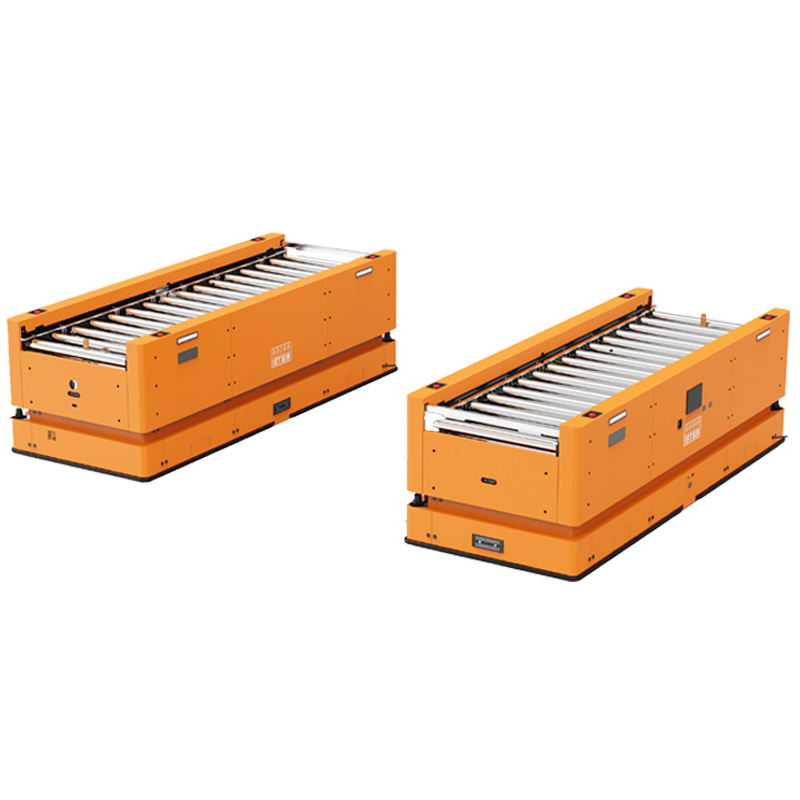
Wesar Intelligence is a heavy hitter in this field. Based in Suzhou, China, they’ve been at it since 2014. Their mission? Build automation solutions that work for warehouses and factories worldwide. Their lineup includes under-ride AGVs, forklift robots, and conveyor robots. All are designed with the planet in mind. They’ve got CE certification and ISO 9001 compliance, so quality’s a given. Their solutions are running in places like Japan, Thailand, and Germany. Wesar pairs top-tier hardware with powerful software platforms. They cover everything—planning, setup, and after-sales support. If you’re shopping for a partner, they’re a solid bet.
Conclusion
Green intelligent logistics robots aren’t just a fad. They’re the future of logistics. They mix AI smarts with eco-friendly design. Businesses save cash. They cut emissions. And they keep pace with a fast-moving world. Whether you’re running a giant e-commerce hub or a small factory, these robots make operations smarter and greener. Ready to take the plunge into sustainable automation? The time’s now.
FAQs
What makes green intelligent logistics robots different from old-school automation?
These robots focus on saving energy. They use electric batteries and AI to streamline tasks. That means less environmental impact. Unlike conveyor belts, they adapt to changes. No fixed setup required.
How do green intelligent logistics robots make warehouses safer?
They take on heavy lifting and repetitive jobs. That cuts down on accidents. Their sensors spot obstacles. They avoid running into workers or equipment. It’s a big deal in busy spaces.
Are green intelligent logistics robots pricey to set up?
They can run $20,000 to $50,000 each. That’s not pocket change. But savings on energy and labor add up fast. A pilot program lets you test without going all in.
Can these robots work in small warehouses?
Yup, they’re adaptable. Compact models like under-ride AGVs handle tight spaces well. Green intelligent logistics robots scale to fit any operation, big or small.
How do I get started with green intelligent logistics robots?
Start with a warehouse audit. Figure out your needs. Then try a pilot program. Partner with a provider for setup and training. Connecting to your WMS is key for smooth sailing.


